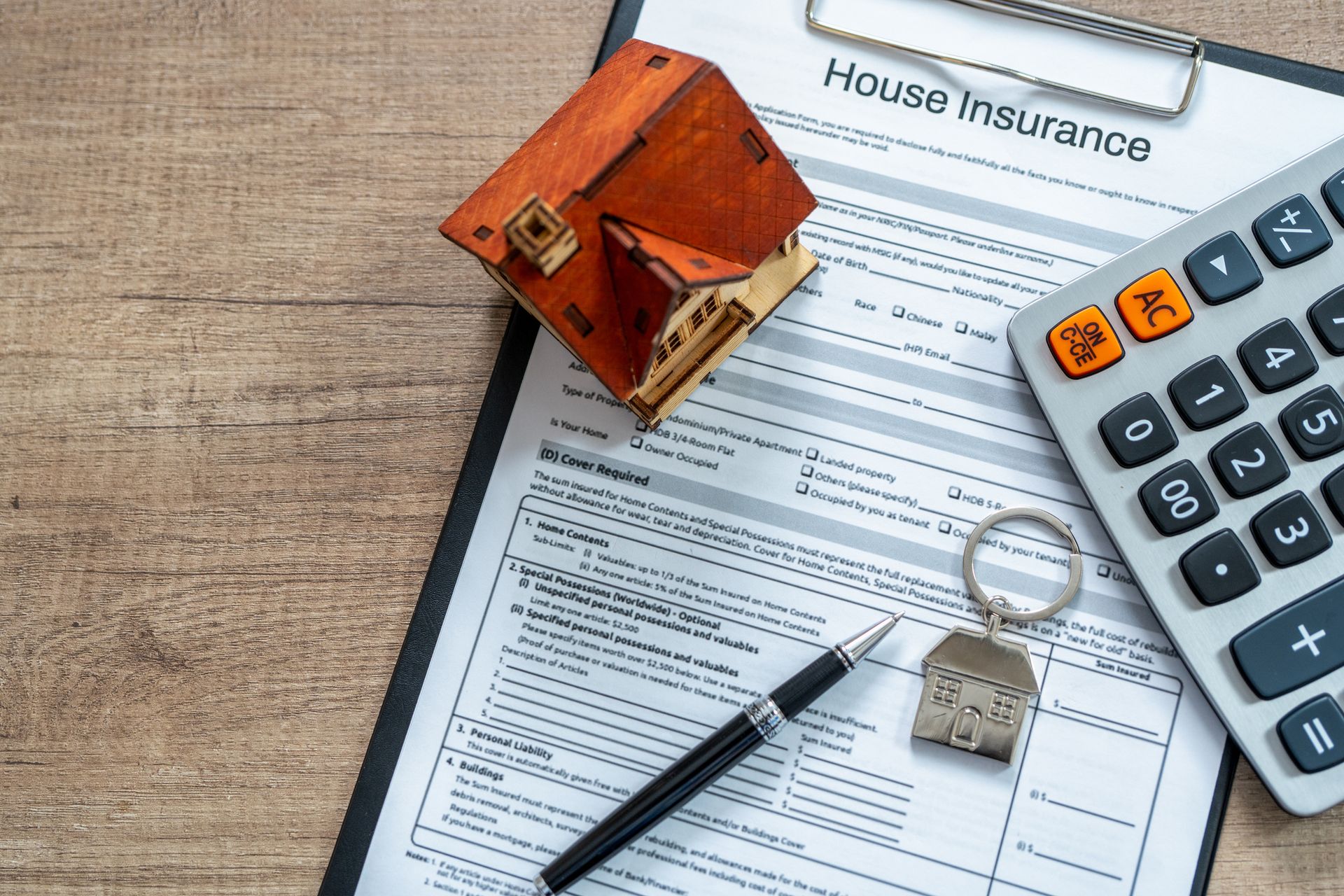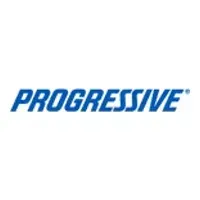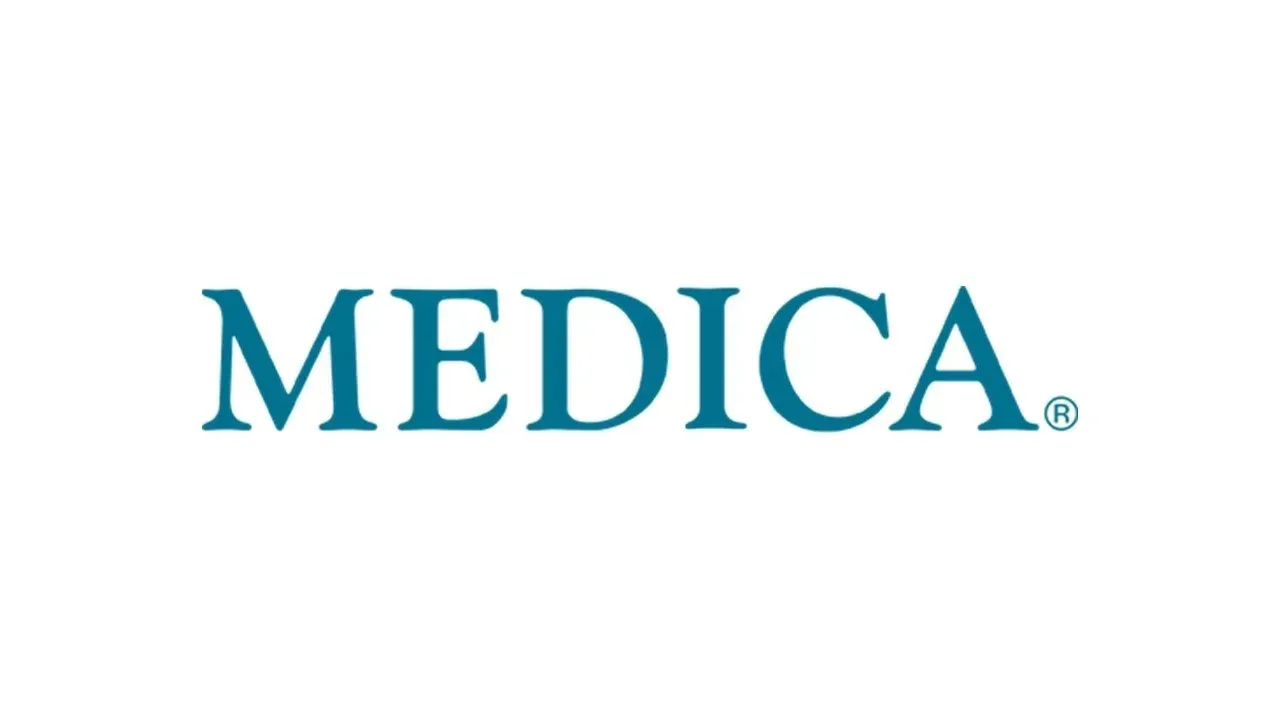What Does Homeowners Insurance Cover?
While home insurance offers peace of mind during emergencies, it may not cover everything you want it to.
For example, you must purchase additional coverage to tackle Minnesota snowmelt in the spring.
Your home could also be in jeopardy if there’s heavy rainfall one year and floods the foundation due to a winter-saturated ground. Without an extra flood policy, your family may not have a roof over its head.
That’s why it’s crucial to understand everything home insurance covers and doesn’t cover. This information will help determine whether you need to spend extra on adding protection and coverage types.
Then, you can weather any snow or other financial-related storm and not worry about having enough to pay for it.
What are the different types of home insurance coverage?
Thankfully, general home insurance reimburses almost every part of your residential property and the items inside. Be rest assured that your personalized policy will cover damages and most of your assets in the event of a home disaster.
These are the typical homeowners insurance coverages you and your partner can get on a policy. We recommend speaking with a Minnesota broker, who can evaluate your plan and tell you what protections you already have.
| Coverage Type | Description | Coverage Amount |
| Dwelling | Protects your home and all attached structures. | Reimbursement to rebuild your home |
| Personal Property | Repays money for lost items due to home damage or theft. | 50% to 70% of dwelling coverage |
| Medical Payments | No matter who is at-fault, treat you or a loved one on your property. | $1,000 to $5,000 |
| Other Structures | Fences, sheds, and other detached structures get reimbursed. | 10% of dwelling coverage |
| Personal Liability | Cover another person if you injure them or their belongings. | $100,000 to $500,000 |
| Loss of Use | In the event of home repair, you can cover living expenses. | 20% of dwelling coverage |
Dwelling
Let’s say a massive cedar tree crashed through the living room wall during a severe thunderstorm. After you paid the deductible, your insurance carrier would pay the cost to repair the structure of your home.
This amount, however, varies based on the limit of your dwelling coverage.
Other structures
One example of home insurance for other structures on your property is that a flood washes away the soil surrounding your fence line, destroying the structure.
You could call the insurance agent, and they would contribute money for a local business to repair the fence. Again, they would calculate the amount by subtracting it from the deductible.
Personal property
In addition, a frozen pipe burst in your kitchen would ruin your hardwood floor and require you to lean on personal property coverage.
An important distinction for this frigid Minnesota home damage is that personal property would only cover the appliances, furniture, etc. in your kitchen. Dwelling coverage, on the other hand, would take care of the floor itself.
Loss of Use
Major news headlines shows devastated families exiting the flames of their homes.
If you had a home insurance plan with loss of use coverage, the carrier would pay for your family’s hotel fees, restaurant meals, and additional living expenses if your house became uninhabitable.
Medical Payments
A family relative may receive a nasty scar from a household dog over Christmas or another holiday. When they run to the ER for stitches, your home insurance policy would cover their medical bills.
Despite the injury being your responsibility, personalized home coverage can pay for those scenarios.
Personal Liability
If a pizza delivery woman slipped on your icy stairwell, it could easily evolve into a lawsuit. The benefit of personal liability coverage is it would reduce or remove initial consultation and other court fees.
Your home insurance company would even reimburse part of the settlement you owe.
What types of coverage does home insurance not cover?
It can be frustrating to check your current home insurance plan and discover it does not protect against many common property damages. These are situations that exist outside the general coverages above.
Your family is vulnerable in these cases and could spend thousands on repairs that a personalized policy could have covered.
We classify the following emergencies as protections that most home insurance policies will not cover and that you may be lacking.
- Acts of God
- Natural disasters
- Nuclear hazards
- Wear/tear/neglect of home
- Power failure
- Government action, such as war
Disaster Coverage with Home Insurance
As we mentioned earlier, dwelling and other coverages protect your home in thunderstorms, hail, and other cases.
The difficulty, however, is telling the difference between natural disasters that the insurance company will cover and the ones they will not.
One issue we hear often is when businesses require homeowners to purchase a separate policy for flood insurance to prevent Minnesota spring melt. Other people purchase earthquake and windstorm coverage depending on where they live.
Since your family’s shelter could be at risk, we recommend checking with a personalized insurance broker. They consider your Minnesota city and seasonal weather changes for a policy that matches your property.
Home Insurance FAQ
What are “perils” listed in the personal property coverage section of my home insurance policy?
Most insurance carriers “perils” or specific protections you can get reimbursement for on your home. Vandalism, falling objects, theft, and fire are to name a few.
You can talk to a Minnesota broker that can compare dozens of quotes if you don’t have the coverage you need.
Does my home insurance cover attic frost?
That depends on your specific carrier. It’s less likely that big-name carriers will consider Minnesota’s unique weather patterns and water damage from attic frost.
Our expert team would be glad to walk through your policy and check on your behalf.
Get Personalized Coverage on Your Home
The goal of any home insurance policy is to give your family peace of mind in case of an emergency or natural disaster.
The last thing you want to do is second guess whether you have the right amount of coverage to pay for expensive damages you didn’t expect.
Our Minnesota insurance partners are glad to answer any questions you have about your current plan and even discuss your car, Medicare , and other insurance policies.
We can also compare other major and local carriers to see if there are any other home insurance coverages you might be interested in getting. This will give you confidence even with the thought of damages where a policy covered the losses.
Give us a call at (888)-232-2583 or visit one of our Minnesota offices so we can put your interests first.













